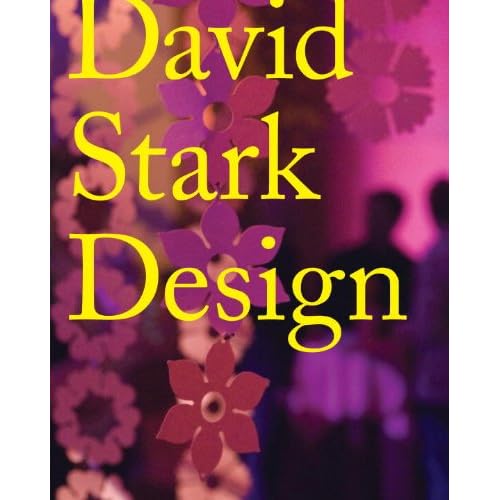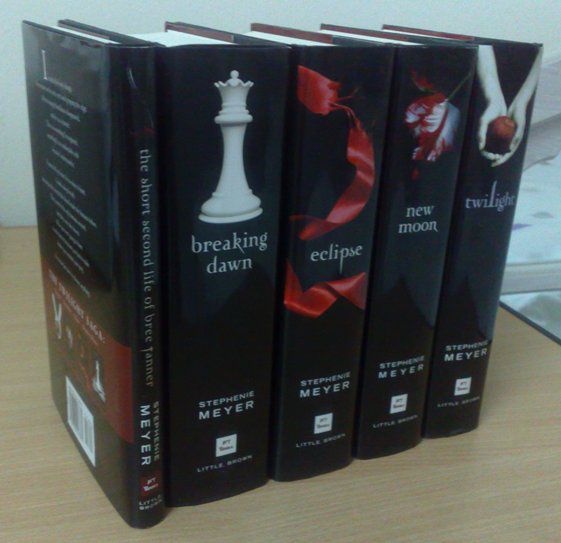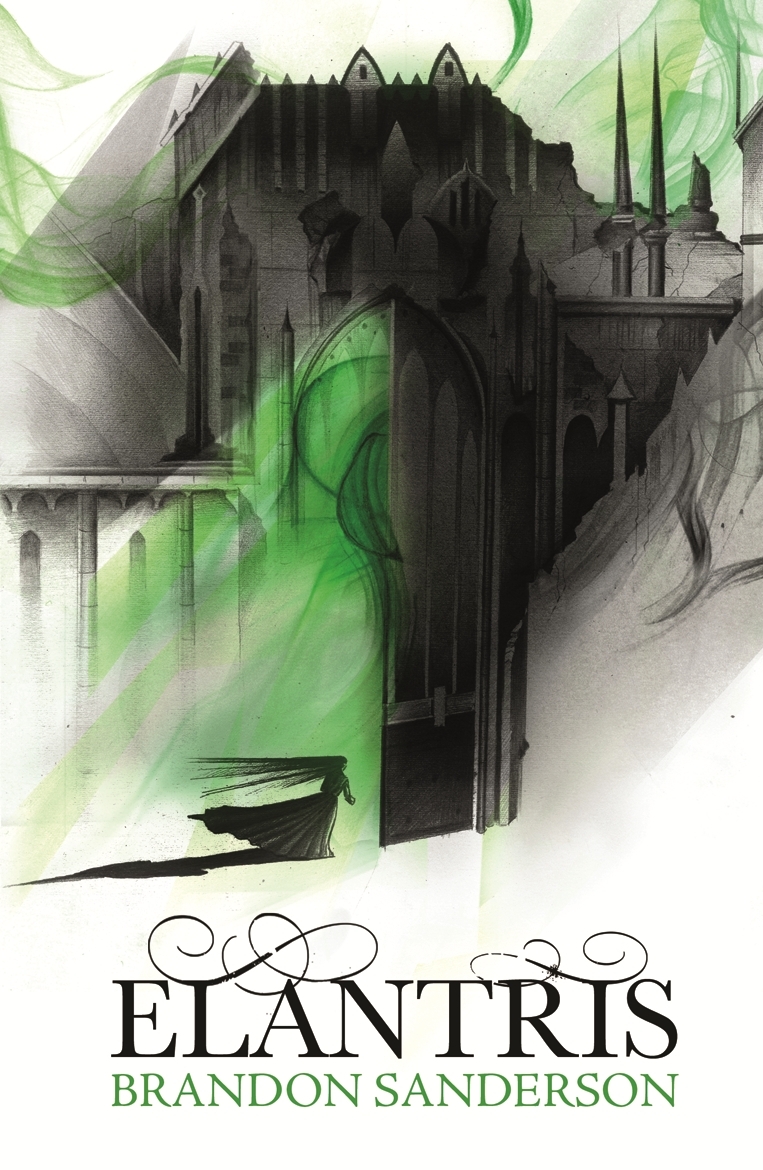We New Zealanders sure do love our cookbooks. A brief glance in any cookbook section of the store reveals a book for every possible occasion or taste. I’m planning to do a couple of posts on cookbooks: this one will be about covers, and the next one will focus on what’s inside.
The standard cover for a cookbook features, unsurprisingly, (a) food, or (b) a famous cook holding food.
There seem to be niche markets within the broader 'cook books' genre. Below I've selected three cook books primarily targeted at women, versus three primarily targeted at men.
The fonts for the more 'feminine' cookbooks are decorative and scriptlike; the fonts for the 'masculine' cookbooks are less adorned and in all caps. We have darker colours and men in staunch poses in Stoked and Jaimie's 30 Minute Meals and pink and frills in Saved by Cake and Gorgeous Cakes. Apparently the cake-baking marketing is almost exclusively aimed at women.
Looking at Marian Keye's Saved by Cake in more detail, I've decided I really like this cover. This cover just captures the essence of Marian Keyes: quirky, girly, and good fun. The target market for this book is readers of her novels, as well as women that like baking.
The layout of this cover is very good: the text is well organised so you first read the author's name, then the name of the recipe book, then the sub-title. The script typeface used for the title is reminiscent of icing and fits with the slightly quirky overall feel of the book. The curved layout of the title echos the curve of the author's head, which then draws your eye down to the photo of the author, then to all the cakes she's making. The colours are also eye-catching and work well with each other.
One thing I don't like is how the 'y' of 'Keyes' is hooked around the 'C' from 'Cake' on the line below. I think this makes the title overly-fussy, particularly given the existing fussyness of the script typeface for 'Cake'.
This cover has a strong layout, and is clearly targeting men as well as women, but it doesn't look like a cook book at first glance - you have to assume it's a cookbook because of where it's shelved. If you saw this book out of context, you would have to either read the title, or recognise Jamie Oliver from the photo to identify that this book is a cookbook. Jaime Oliver is a very famous cook, but it's questionable whether people would recognise him at a distance in a photo that isn't a close-up of his face.
There are lots of things I like about this cover, and some things I don't. Firstly, the central image of the tart is striking, and immediately tells you that this is a cookbook. The text layout works well and the combination of the slab serif typeface for 'Treats From' and script typeface for 'little and Friday' evokes an old-fashioned, quirky feel. Teal seems to be an in-colour with cookbooks at the moment so this book is on-trend. This cover also feels lovely to hold, with a quarter cloth binding.
What don't I like about this cover? The script typeface is a little hard to read, and I'm not sure why there's a full-stop after friday. Also, the 'treats from' and 'little and friday' seem somewhat removed from each other, even though that is the full title of the book.









.JPG)
.JPG)
.JPG)
.JPG)




.JPG)























